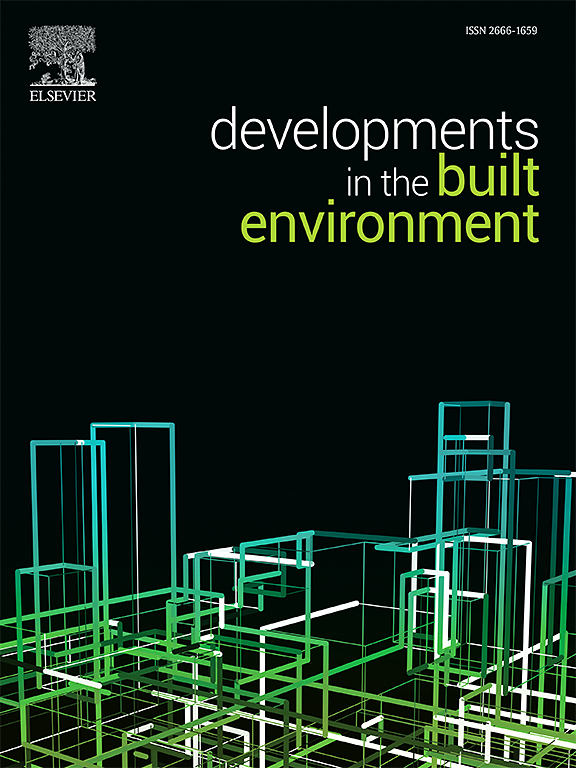耐化学性增强的砂浆:硫酸暴露的影响
IF 6.2
2区 工程技术
Q1 CONSTRUCTION & BUILDING TECHNOLOGY
引用次数: 0
摘要
本文通过对增强抗化学腐蚀砂浆的力学、微观结构和化学性能进行对比研究,探讨硫酸侵蚀对砂浆力学、微观结构和化学性能的影响。为此,将普通配方和改进配方的试样浸泡在pH为0.0的水和硫酸中14天,评估相对残余抗压强度和腐蚀深度。硫酸侵蚀导致普通砂浆的力学性能发生明显变化,腐蚀严重。相比之下,改良砂浆表现出中高的耐酸性能(相对残余强度高达94.6%,最小腐蚀深度为0.5 mm)。在相对残余抗压强度和腐蚀深度方面,将改良砂浆与抗酸参考砂浆进行比较,质量分别提高了49%和180%。采用压汞孔隙度法(MIP)、衰减全反射-傅里叶变换红外光谱法(ATR-FTIR)和能量色散x射线扫描电镜(SEM-EDX)分析了硫酸侵蚀对砂浆微观结构和化学成分的影响。本文章由计算机程序翻译,如有差异,请以英文原文为准。
Mortars with enhanced chemical resistance: Effects of sulphuric acid exposure
In this work, a comparative study on the mechanical, microstructural and chemical properties of mortars with enhanced chemical resistance was performed to investigate the effects of sulphuric acid attack. For this, specimens of ordinary and improved formulations were immersed in water and sulphuric acid at pH 0.0 for 14 days, assessing the relative residual compressive strength and corrosion depth. The sulphuric acid attack resulted in pronounced changes in the mechanical properties and severe corrosion for the ordinary mortar. In contrast, the improved mortars exhibited moderate to high acid resistance (relative residual strengths up to 94.6% and minimal corrosion depth of 0.5 mm). A significant quality gain of up to 49% and 180% was also observed when comparing the improved mortars with a reference mortar resistant to acid in terms of relative residual compressive strength and corrosion depth, respectively. The effect of sulphuric acid attack on the microstructure and chemical composition of mortars was further evaluated by mercury intrusion porosimetry (MIP), attenuated total reflection-Fourier transform infrared spectroscopy (ATR-FTIR), and scanning electron microscopy with energy dispersive X-ray (SEM-EDX).
求助全文
通过发布文献求助,成功后即可免费获取论文全文。
去求助
来源期刊

Developments in the Built Environment
Multiple-
CiteScore
7.40
自引率
1.20%
发文量
31
审稿时长
22 days
期刊介绍:
Developments in the Built Environment (DIBE) is a recently established peer-reviewed gold open access journal, ensuring that all accepted articles are permanently and freely accessible. Focused on civil engineering and the built environment, DIBE publishes original papers and short communications. Encompassing topics such as construction materials and building sustainability, the journal adopts a holistic approach with the aim of benefiting the community.
 求助内容:
求助内容: 应助结果提醒方式:
应助结果提醒方式:


